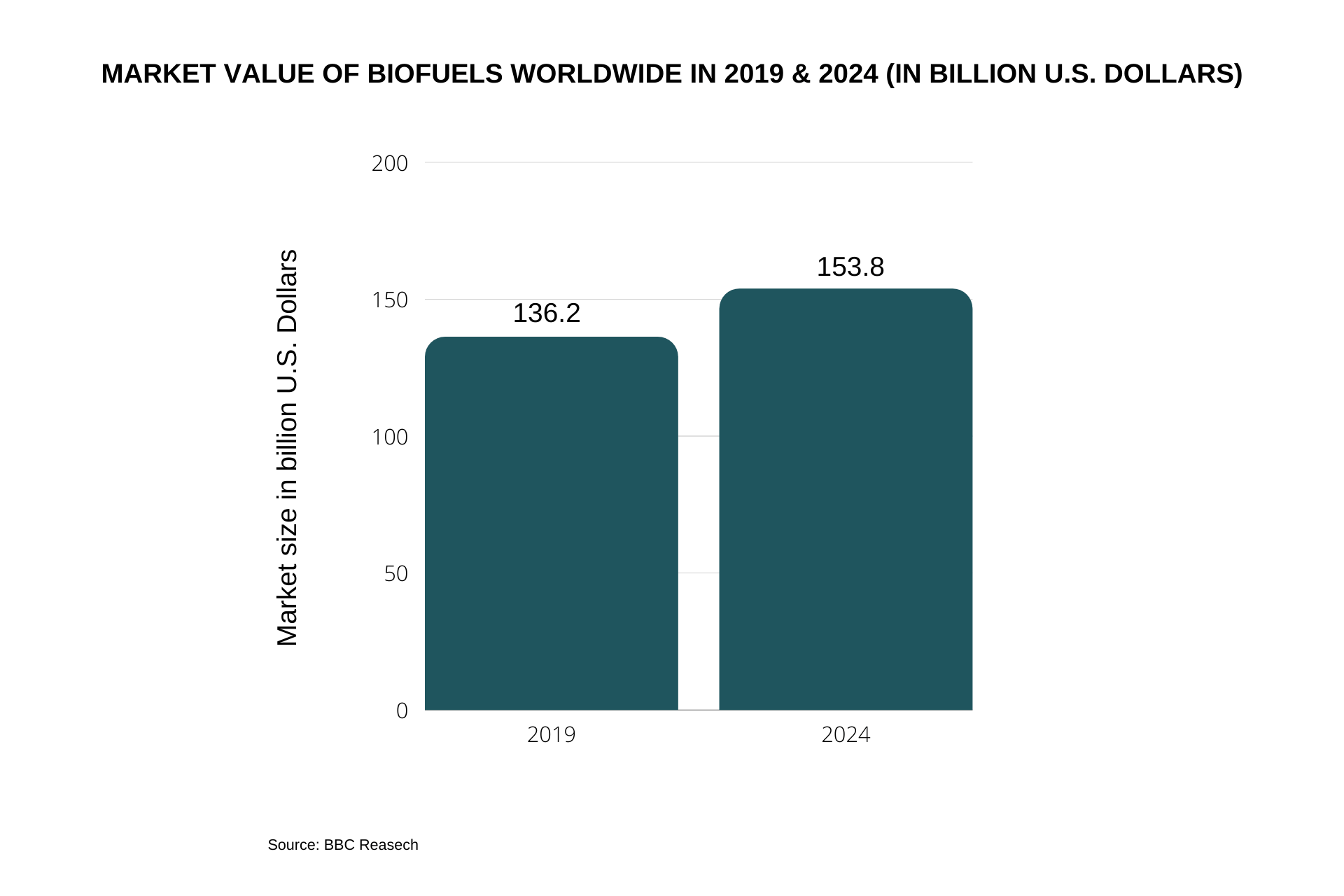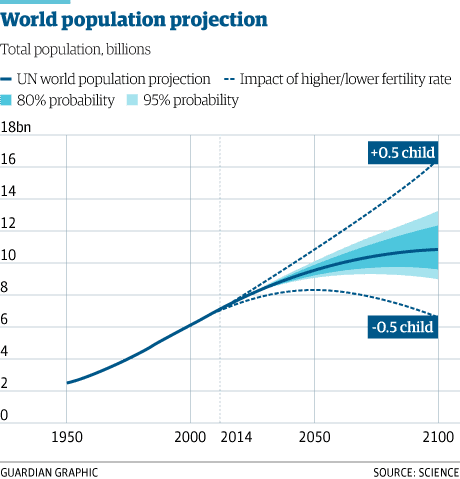Biotechnology – the fusion of biology and technology. Biotech companies focus on living organisms. Through extractions from or manipulation of these organisms, products are derived. Biotech companies produce products such as beer and wine, laundry detergent and plastics; as well as medical and agricultural solutions. These products do not rely on fossil fuels, are energy efficient and biologically degradable. Developments in the sector include pest-resistant crops, biofuels (eg: ethanol) and gene cloning. To elaborate on these uses, below are some examples:
- Beer brewing
Yeast (an organism) is used to make a product for human consumption. Yeast is introduced into malted barley sugar, fermented to create alcohol.
- Penicillin
Penicillin is derived from mould. Historically, small amounts of penicillin were made from hundreds of litres of “mould juice”, but the process has been refined since then to enable industrial production of penicillin.
- Gene Therapy
The introduction of missing genes into the body in order to combat non-functional genes within the human body.
The scope of the field is so vast that it has been broken down into sub-sectors, commonly classified by colour.
Biotechnology/biotech – “the use of living systems or molecular engineering to create and manufacture biologic therapies and products”
– Source: 10.1377/hlthaff.2014.1023, HEALTH AFFAIRS 34, NO. 2 (2015): 210–219
The scope of the field is so vast that it has been broken down into sub-sectors, commonly classified by colour.

This sector of biotech relates to all medical/pharmaceutical uses and studies. Biotech within pharmaceuticals differs from traditional pharmaceutical practices due to their large molecule properties (simpler proteins with therapeutic properties, as opposed to complex chemical-pharmaceutical products’ small molecule drugs which are compositions of multiple amino acids). Advances within the area have led to the development of vaccines, antibiotics, molecular diagnostic techniques, and regenerative therapies, among others. Biotech has gained exposure and popularity during the search for a Covid 19 vaccine.
Biotech has gained the most exposure through its impact on the healthcare industry. Before 1980, prescription drugs were chemical in nature and manufactured by large pharmaceutical companies. In 1980, small biotech start-ups emerged with a large focus on biological drugs. Today, both biotech and pharmaceutical companies have a focus on incorporating biotech into their product offerings. Over the years, research and development (R&D) within biotech has led to the development of treatments for previously untreatable conditions. In some areas, a cure has been found for cases where conventional medication was only able to treat the symptoms.
Large development and innovation were seen in the 1990s as molecular engineering was better understood and the potential the industry had was noticed. Advances assisted in the move away from the previously adopted murine (mouse-derived) nature of the molecules which had resulted in adverse events and limited effectiveness in humans. Efficacy was improved by changing the nature of the molecules to either: (1) chimeric, 70% human component; (2) humanised, 90% human component; or (3) fully human, 100% human component. In addition, molecular engineering of protein molecules advancement allowed for the creation of modified or new proteins which exhibited improved properties.
The red biotech market is expected to grow at a CAGR of 5.6% until 2026, reaching a market value of approximately USD 500 bn.
– Acumen Research and Consulting
Many large pharmaceutical companies started acquiring biotech firms in the 2000s. These acquisitions were in an attempt to gain exposure to the changing landscape of the industry. Some of the more recent developments and findings within Red
Biotech include:
1. Stem cell treatments
Salk Institute created a new stem cell in 2017, an “extended pluripotent stem cell”. This development allows for, not only the creation of muscle, blood, bone and tissue cells, but also placenta and the additional embryonic tissues needed for the survival and growth of an embryo. The future uses of this finding are incredible, with the potential for scientists to be able to replace limbs, organs and the treatment of cancer.
2. Monoclonal Antibodies
These are substitute antibodies, used to combat cancer. The antibodies work in a number of ways in the field of cancer treatment – either flagging the cancer cells for the body to fight, triggering cell-membrane destruction, blocking cell or blood vessel growth or blocking inhibitors of the body’s immune system. This form of therapy is less invasive than chemotherapy with fewer side effects and can either be used as a replacement or simultaneous treatment.
3. Genome Sequencing
The first human chromosome to be fully mapped was chromosome 22 in 1999. The findings led to many other genes being mapped, assisting in the determination of whether certain diseases are hereditary or not. This advancement has assisted doctors in determining whether children will inherit certain conditions from their parents, as well as assisted in the determination of one’s ancestry.
4. Gene-Therapy drugs
Largely due to the findings within red biotech, drugs have been developed to treat the effects and causes of certain genetic diseases. These advancements have had a mark in the treatment of genetic blindness and leukaemia. Without being aware, you most likely already have exposure to this area of biotech through a pharmaceutical company. Roche and Johnson and Johnson for example have a large presence within the red biotech world. Roche was the top global biotech company in 2019 based on R&D expenditure, with a share of 15.4% of the global biotech prescription drug market for the year. JNJ is additionally amongst the top 10 biotech firms, with an expected prescription drug revenue of USD 21.1 billion by 2026 (currently at USD 17.7 billion).

This sector relates to all industrial uses and studies. This arena specifically focuses on low resource consuming processes, energy efficiency and minimising pollution. The sub-sector focuses on replacing older polluting technologies with newer, cleaner ones, using bacteria, plants and yeast.
White biotech’s presence has been seen in the development of biodegradable plastics. As opposed to petroleum-based polymers, biodegradable plastics’ compounds are rapidly degraded by the bacteria found in soil or water. The cost of producing these plastics is much greater than that of traditional plastic (around 5 to 10 times more expensive to produce), thus a large focus has been placed on cost reduction within its production.
Another example would be the development of biofuels. Bio-fuels focuses on converting crop residues to ethanol. The technology supports a 90% reduction in CO2 emissions when compared to oil, using renewable biomasses (for example: starch from potatoes, sugar cane, wheat and corn).
Henry Ford’s first car ran on ethanol. In Brazil, some motor fuel sold is pure ethanol that is derived from sugar cane, and the rest has a 20% ethanol content in it. 10% of all motor fuel sold in the USA is a mixture of 90% petrol and 10% ethanol… the USA alone has 58 fuel plants producing almost 6 billion litres of ethanol per year.
– https://explorebiotech.com

An area that is the focus of much R&D is paper. Paper-making causes pollution through the “crafting” process. “Crafting” is where the lignin is removed from the wood substrate. If a process can be developed to reduce the amount of lignin in trees, the carbon footprint of the industry would reduce.
Globally, the fashion industry releases 10% of carbon emissions and is responsible for 20% of water pollution. At the current rate, the fashion industry is set to be 26% of the global carbon footprint by 2050 (Forbes). Brands that have already taken a stand and made the step towards sustainability include: Patagonia, Levi’s and H&M Conscious.
The cotton required to make one pair of jeans needs approximately 6 800 litres of water to grow.
– https://www.forbes.com/sites/blakemorgan/
One day, we may only use bio-degradable paper and plastics, not to mention clothes. The economic and environmental benefits of such developments will have a global influence. For now, the concern remains around reducing the cost of such applications.
Again, you may have had exposure to this technology through a portfolio holding in DuPont shares.

and

Food production within biotech has been coloured yellow. Yellow biotech aims to improve food products by eliminating allergens and improving nutrition. This is the sector focused on the uses and studies within foods such as beer, wine and cheese.
Agricultural biotech has been coloured green. This area includes not only the creation of new plant varieties, but additionally biofertilizers and biopesticides. Green biotech focuses solely on transgenics (genetic modification). Yellow and green biotech are closely related and often overlap, making it difficult to distinguish between the two.
The application of biotech in the agricultural industry comprises of bio-engineering, the use of active genes in insects, in an attempt to make food better. The application is not only apparent within the study of plants, but within the study of meats as well. The meat industry as it stands is responsible for approximately 24% of greenhouse gas emissions. The environment is additionally impacted adversely by deforestation and animal waste, not to mention the clean water usage that is required.
There is a focus on a sustainable future for the planet, through the minimisation of environmental impact caused by meat production, the modification of plant toxins and extracting useful products from insects. Scientists have analysed the evolution of insects and their adaptation to be immune to plant toxins which historically would have deterred herbivores. Scientists have managed to create pest-resistant crops, allowing pesticides (which harm the environment) to become obsolete.
Scientists have long searched for a nutritious, delicious meat alternative. An experiment, in the Netherlands, in 2013 managed to generate bovine muscle tissue – hamburger meat. Those who tasted the meat noted it was not juicy and didn’t have any fat, but was preferred over plant-based meat alternatives. The impact on the environment was immense – land use down by 99%, greenhouse gas emissions down by 96% and water use down by 96% when compared to meat products. The cost however was EUR 250 000 for the hamburger.
More recently, we have seen the emergence of plant-based meat alternatives that actually taste like meat. One of the more well known of these companies is Beyond Meat. The company aims to create a synthetic meat product that tastes exactly the same as the meat that it is replicating. These plant-based products are available at over 112 000 grocery stores, restaurants and other outlets. You can find the patties and mince at Woolies if you would like to give them a try.
Learn more about Beyond Meat and the man behind the company:
– https://www.npr.org/2017/02/16/515420148/live-episode-beyond-meat-ethan-brown
Another well-known development within green biotech is “golden rice”. The modified food contains the genes of daffodil to enhance the vitamin A within the rice. In Asia, over 230 million people suffer from a vitamin A deficiency and “golden rice” aims to improve their quality of life. The development has however come under scrutiny for ideological reasons and the availability has been curtailed due to cost.

The environmental aspect of biotech is referred to as grey. Within grey biotech the focus is on the removal of pollutants and contaminants using micro-organisms and plants to isolate and dispose of substances. Grey biotech has a large focus on water and soil purification. Over the years, humanity has contaminated water sources and the soil. The sustainability of the planet is largely dependent on how we rectify the ills of our past. As the population grows, it is even more important that we determine a course of action which allows for a cleaner environment.

Over 70% of the earth’s surface is covered by water, yet less than 1% is accessible fresh water. Global water demand is expected to reach 4 350 billion cubic meters by 2040. Historically, water demand growth has been twice that of population growth. The treatment of wastewater industry is expected to grow to USD 15 billion by 2024. Biocides and disinfectants are expected to account for the majority of this market.

Through the study of micro-organisms, scientists have found certain bacteria which are able to eat plastics. The micro-organisms are additionally used for soil treatment, oil spillages and radioactive contamination, through a process of bioremediation. Various bioremediation techniques have been developed, but the employment choice is dependent on factors such as the type of contamination, the location, associated cost and duration.
There is still a lot of room for development within this sphere of biotech.

The use of resources found amongst marine life is referred to as blue biotech. The findings are incorporated into other spheres of biotech and used to create industrial products and applications, such as medicines, cosmetics, food and food supplements.

Closely related to green and grey biotech, brown biotech focuses on desert-like soils and the improvement of their usefulness when it comes to growing crops. The area makes use of GMO (Genetically Modified Organism) technology and the study of plant species that are resistant to dry soils. The aim is to be able to produce commercial crops in areas with low rainfall.

Dark biotech is the study of biotech to produce biological warfare and bioterrorism.
SUPPORTING COLOURS: GOLD AND VIOLET
The use of data, analytics and computing models to support the biotech industry has been labelled as gold. This area focuses on bioinformatics, computer science and nanobiotech.
Violet biotech focuses on the legal and societal issues arising from the biotech industry. Violet biotech arose due to the controversial nature of the industry. The area focuses on biosecurity and the moral impact of biotechnologies.
How do we participate and gain exposure to this trend?
It is clear that in one way or another, we all have and will continue to be impacted by biotech. decades, we have taken from the environment. Humanity is looking for ways to restore the planet, and it’s a trend that is believed to continue to gain momentum. As the population continues to grow and resources become more scarce, the move towards a more sustainable future will be necessitated. Due to its significance, we believe this theme needs to form part of our best investment view as it remains at the forefront of new technologies which better every human’s chance of survival. We already have some exposure and will continue to add to the theme through alternative facets as opportunities arise.
ABOUT THE AUTHOR:
Ashley Pedlar, CFA® – COO
Ashley obtained her MCom in Investment Management at the University of Johannesburg and is also a CFA charterholder. She was selected to participate in the CFA Equity Research project in 2015/16. Her team’s success in the local leg took them to Chicago in 2016, where they placed in the top 6 of the EMEA region. During her time at Sasfin Wealth she was a regular feature on the ‘Biweekly Friday midday market crossing’ on SAFM.






